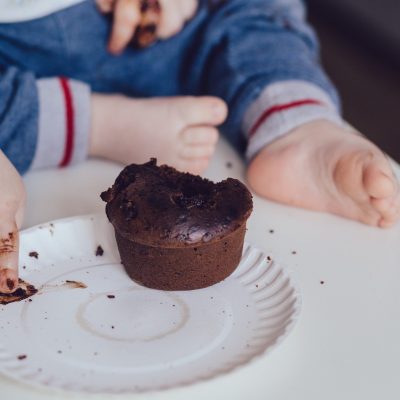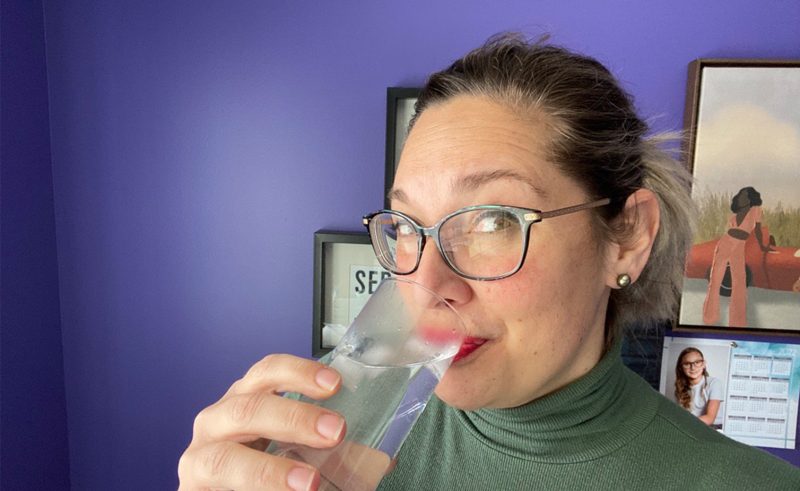Taking time out, or taking SOME time out, has become a puzzle, a burden, an oversight, or even synonymous with #trendy photos of tea in a beautiful mug made by a local potter or a flawless image of someone exercising in an idyllic location. An Instagram snapshot makes each moment picture-perfect. Going back to the root of it all, self-care means taking care of yourself through behaviours that promote mental, physical, and emotional health. As for how you get there, it’s up to you.
According to a 2020 APA (American Psychology Association) study, statistics show that 67% of the population had been experiencing an unhealthy level of stress before, and that this number rose to 80% in 2020. Thank you, pandemic! According to Everyday Health, after the prickly subject of finances, work is the second-biggest mental load factor, and a trigger for anxiety.
What’s the most accessible solution for moderating these feelings? Time for yourself. Proven by an ever-growing number of studies and expert publications, the simple act of offering ourselves some free space—a retreat from daily life—improves our patience, satisfaction, and joy (hey, who doesn’t want more joy?), and increases our overall energy levels. The problem? We do this very little or the wrong way. For example, when we stay connected to our phones, smart watches, or other diabolical gadgets, our minds are inclined to fall back into these habits. After a few minutes, the apps open up, and we spend this precious time looking at things we’ll never buy (or regret buying), people who give us complexes, or cat videos that don’t do us much good in the long run (but sure, in the short term, they’re quite entertaining). Taking advantage of an unplanned break when the opportunity arises is a good habit. However, when you live with a partner, parents, friends, or children, you’ll need to let them know you aren’t available and for how long. If not, interruptions risk decreasing your level of satisfaction more than anything else.
So, what do these good practices look like?
1 – Reserving time in your agenda is essential. This must be planned.
2 – Informing those around you and disconnecting
3 – Creating a self-care routine you can fully enjoy
- Location
- Ambiance
- Company
- What you want to get out of it (calm, energy, diversion, pleasure, etc.)
4 – Including joyful interludes throughout the work day
- Chatting with a favourite colleague
- Reading that article you bookmarked two weeks ago
- Thinking as you doodle away
5 – Thinking about your senses
- Music
- Essential oils
- An unusual sparkling water
One stat that really got me thinking: According to HR Reporter, 25% of Canadians didn’t use all their vacation days in 2020. This tells us how important it is to rethink how much we prioritize ourselves. This year, give some time to yourself, guilt-free. Make it a routine, one step at a time. You’re sure to feel the benefits.
Tomorrow, between 8 am and noon, I’ll drink water. I promise.
Sources :
https://www.hrreporter.com/focus-areas/compensation-and-benefits/half-of-canadians-not-taking-full-vacation-this-year/336346
https://www.apa.org/news/press/releases/stress/2020/report-october
https://www.everydayhealth.com/wellness/united-states-of-stress/
Next article

